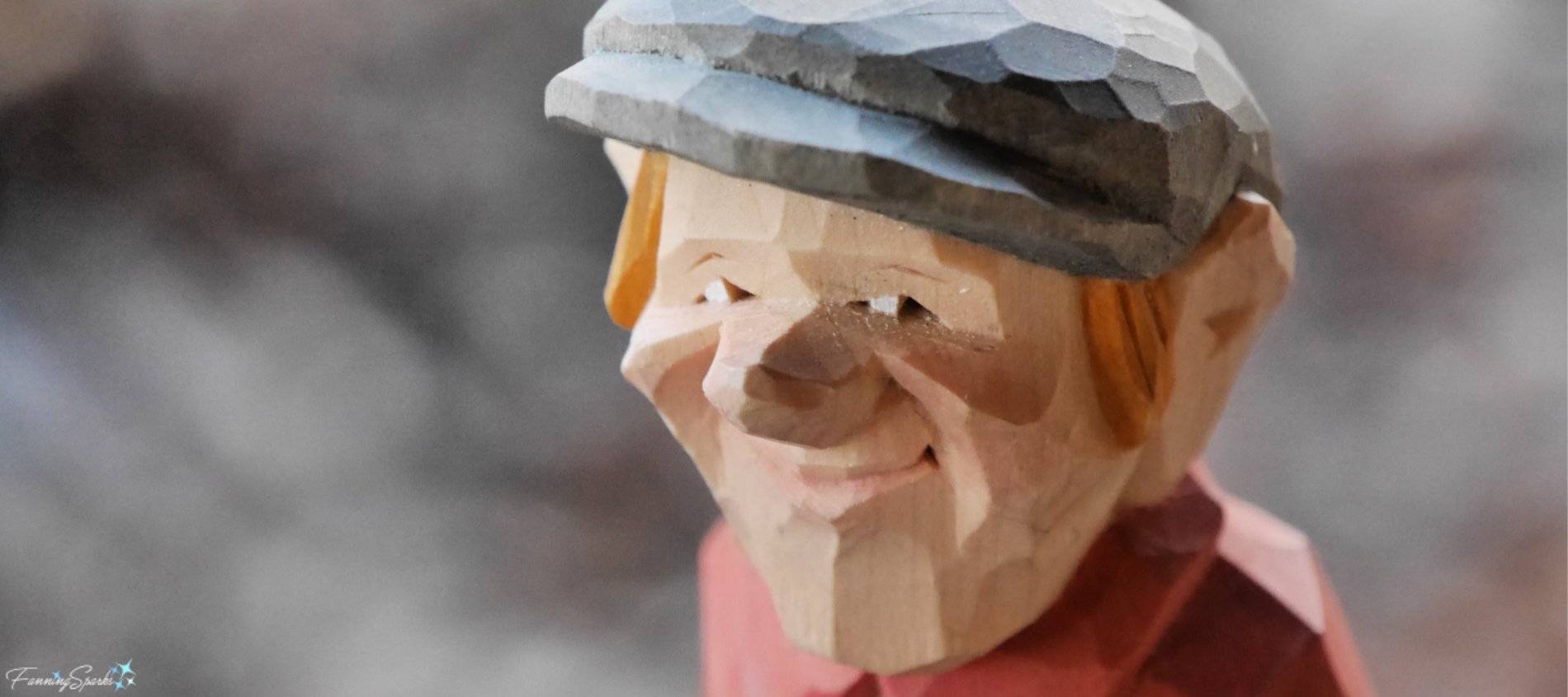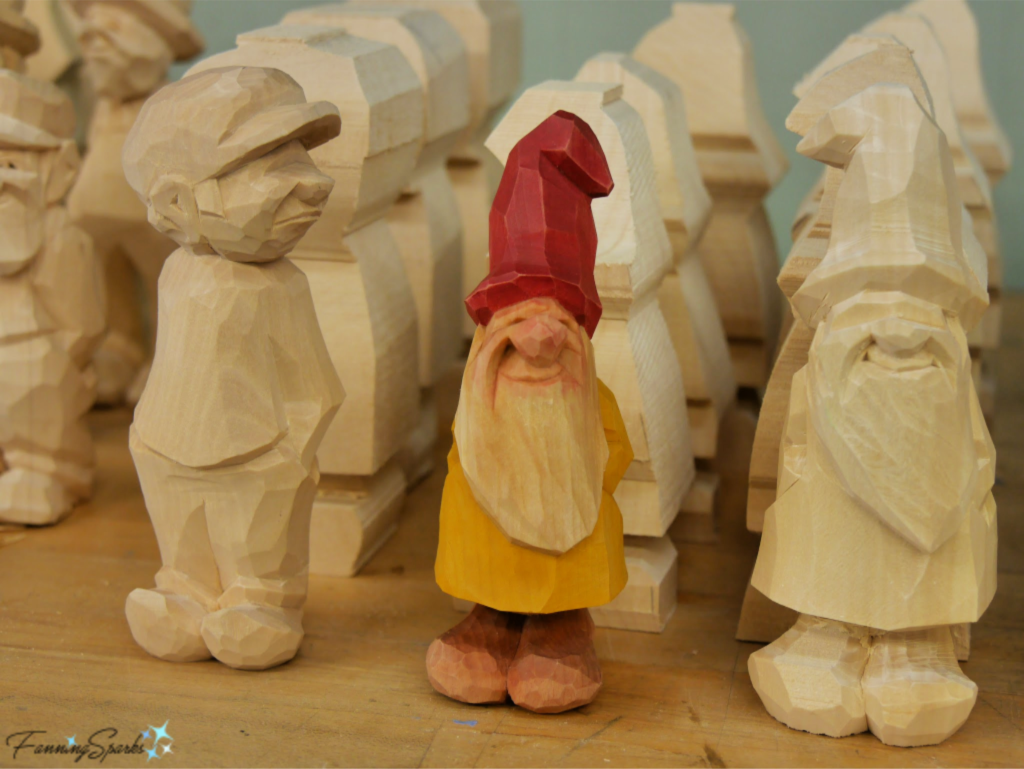Have you ever wondered what flat plane wood carving is all about? Well, you’re in luck, because in this article, we’re going to dive into the fascinating art form that is flat plane wood carving and discover what makes it so unique. So, whether you’re an aspiring woodcarver or just curious about this intriguing craft, get ready to learn something new and exciting!
Flat plane wood carving is a traditional carving technique that brings wooden objects to life using simple yet powerful strokes. It involves carving and shaping wood in a way that creates a sense of depth and dimension, while also capturing the essence of the subject matter. Think of it as a way to bring wood to life, capturing the character, personality, and details of animals, people, and objects in a captivating and expressive manner.
One of the defining features of flat plane wood carving is its distinct style. Carvers use a limited number of tools and typically work with softwood, such as basswood, to achieve a rustic and folk art aesthetic. The carvings often feature clean, straight lines, and the surface is left unpolished, which gives them a charming, handmade feel. So, whether you’re interested in trying it yourself or simply marveling at the skill of others, flat plane wood carving is sure to captivate and inspire you! Let’s explore this wonderful craft further together!

What is Flat Plane Wood Carving?
Flat plane wood carving is a traditional form of wood carving that originated in Scandinavia. It is characterized by its simplistic and primitive style, focusing on the use of basic hand tools and minimalistic detailing. This technique involves carving flat planes and chamfers into the wood to create a textured and three-dimensional effect. The result is a stylized and rustic carving that captures the essence of the subject with a unique charm.
The History of Flat Plane Wood Carving
Flat plane wood carving has a rich history rooted in the Scandinavian culture. It was primarily practiced in rural areas, where woodworkers would create functional objects, figurines, and decorative pieces using this technique. The style gained popularity in the early 20th century when Swedish woodcarver Axel Petersson “Blinde” started gaining recognition for his flat plane carvings. Today, flat plane wood carving has expanded beyond its Scandinavian roots and is appreciated by woodworkers and collectors around the world.
The Technique of Flat Plane Wood Carving
To create a flat plane wood carving, a woodworker begins by selecting a suitable piece of wood. Traditionally, softwoods like basswood or pine are preferred due to their ease of carving. The woodworker then uses a variety of hand tools, such as a carving knife, chisels, and gouges, to remove excess wood from the carving block. The key aspect of flat plane wood carving is the emphasis on creating distinct flat planes on the surface of the wood, giving the carving its unique texture and depth. The final step involves refining the details and adding finishing touches to enhance the overall appearance of the carving.
The Characteristics of Flat Plane Wood Carving
Flat plane wood carvings are characterized by their simplistic and rustic aesthetic. The carvings often feature clean, straight lines and sharp angles, with minimalistic detailing. The lack of intricate ornamentation is a distinctive trait of this style, where the focus is placed on capturing the basic essence of the subject. This simplicity gives flat plane wood carvings a charm and authenticity that appeals to both traditional and contemporary art enthusiasts.
The Appeal and Benefits of Flat Plane Wood Carving
Flat plane wood carving offers several appeal and benefits to both woodworkers and collectors alike. Firstly, the technique allows for artistic expression and creativity, as the carver has the freedom to interpret and stylize the subject according to their vision. Additionally, flat plane wood carvings have a timeless quality that transcends trends and fads, making them enduring pieces of art. The rustic and natural look of these carvings also adds warmth and character to any space where they are displayed. Lastly, flat plane wood carving is a rewarding and fulfilling hobby that can bring a sense of accomplishment and satisfaction to those who practice it.
Flat Plane Wood Carving vs. Other Wood Carving Techniques
While there are various wood carving techniques, flat plane wood carving stands out due to its distinctive style and approach. Contrasted with more intricate and detailed carving techniques, such as relief carving or chip carving, flat plane wood carving emphasizes a simpler and more minimalistic aesthetic. The focus on flat planes and chamfers allows for a quicker and more straightforward carving process, while still achieving a captivating and visually interesting result. This technique also lends itself well to creating stylized and folk art-inspired carvings, which are hallmarks of flat plane wood carving.
Tips for Starting Flat Plane Wood Carving
If you’re interested in trying your hand at flat plane wood carving, here are a few tips to get you started:
- Begin with softwoods like basswood or pine, as they are easier to carve and work with.
- Invest in quality carving tools that are suitable for flat plane wood carving, such as a carving knife, chisels, and gouges.
- Start with simple designs or patterns to get a feel for the technique and gradually work your way up to more complex projects.
- Practice your carving skills consistently to improve your technique and develop your own style.
- Join a local carving club or community to learn from experienced woodworkers and gain inspiration from their work.
- Take your time and enjoy the process of carving, as it is a craft that requires patience and precision.
- Experiment with different finishing techniques, such as painting or staining, to enhance the visual impact of your carvings.
Expanding the Horizon: Flat Plane Wood Carving in the Modern World
In today’s modern world, the art of flat plane wood carving continues to evolve and adapt. While traditional designs and subjects are still celebrated, contemporary woodworkers are pushing the boundaries and experimenting with new styles, materials, and subject matters. Flat plane wood carving is not limited to figurines and decorative items; it can extend to furniture, architectural elements, and even contemporary art installations. With its timeless appeal and rich history, flat plane wood carving offers endless possibilities for artists and enthusiasts to explore and create unique pieces that blend tradition with modernity.
Conclusion
Flat plane wood carving is a captivating and timeless art form that holds a special place in the world of woodworking. With its simplistic style, emphasis on flat planes, and rustic aesthetic, it offers a unique way to capture the essence of a subject and create visually captivating carvings. Whether you’re a woodworker looking to delve into a new technique or a collector searching for unique and authentic pieces of art, flat plane wood carving is sure to leave a lasting impression.
Key Takeaways: What is Flat Plane Wood Carving?
- Flat plane wood carving is a traditional carving technique that originated in Scandinavia.
- This carving style involves creating simple, flat surfaces with minimal detail.
- It is known for its rustic and folk art aesthetic.
- Flat plane wood carvings often depict animals, figures, and landscapes.
- This technique is accessible for beginners and allows for creativity and personal expression.
Frequently Asked Questions
Welcome to our FAQ section on the topic of flat plane wood carving! Whether you’re a seasoned woodworker or just starting out, we’ve got you covered. Below, you’ll find answers to some common questions about this unique technique that brings wood to life. Let’s get carving!
1. What is the difference between flat plane wood carving and other carving styles?
Flat plane wood carving is a distinct style that emphasizes realism and simplicity. Unlike other carving styles that focus on intricate details, flat plane carving uses simple, bold cuts to create a three-dimensional effect. This style often emphasizes the natural grain of the wood, allowing it to shine through in the finished piece.
While other carving styles may involve intricate designs or decorative elements, flat plane wood carving often captures the essence of the subject using minimal cuts. The goal is to create a piece that is both visually appealing and captures the character of the subject in a simplified manner.
2. What tools are commonly used in flat plane wood carving?
In flat plane wood carving, the tools used are typically simple and straightforward. One of the most commonly used tools is the carving knife, which has a long, tapered blade that allows for precise cuts. Additionally, a v-tool is often used to create V-shaped cuts that add texture and depth to the carving.
Other tools that may be used include gouges of various shapes and sizes, which are used to remove larger areas of wood or create concave shapes. Sandpaper and files are also essential for refining the carving and achieving a smooth finish. Overall, the tools used in flat plane wood carving are accessible and require minimal setup.
3. Can I learn flat plane wood carving without any prior experience?
Absolutely! One of the great things about flat plane wood carving is that it can be enjoyed by beginners and experienced woodworkers alike. While some basic knowledge of wood carving techniques is helpful, it’s not necessary to have prior experience to start learning flat plane carving.
There are many resources available, including books, online tutorials, and workshops, that can help you get started with flat plane wood carving. With practice and patience, you can develop the skills needed to create beautiful flat plane carvings.
4. What types of projects can I create with flat plane wood carving?
The possibilities are endless when it comes to projects you can create with flat plane wood carving! Traditionally, flat plane carving has been used to create animal figures, such as birds, fish, and farm animals. These carvings often capture the essence of the animal in a simplified and stylized manner.
However, flat plane carving is not limited to just animals. You can also create human figures, household objects, and even abstract designs. The choice of subject is entirely up to you and your imagination. The key is to bring out the character and essence of the subject using bold, simple cuts.
5. How do I finish and preserve a flat plane wood carving?
To finish and preserve a flat plane wood carving, it’s important to take a few steps to protect the wood and enhance the beauty of the carving. Firstly, sand the carving using a fine-grit sandpaper to smooth out any rough edges and create a smooth surface. Next, apply a wood finish such as a clear varnish or oil to protect the wood from moisture and give it a beautiful sheen.
It’s important to note that the type of wood finish you choose will depend on the specific requirements of your project. Some carvers prefer a more natural finish that allows the wood’s natural beauty to shine through, while others may opt for a more glossy or stained finish. Experimentation and personal preference play a role in finding the right finish for your carving.

Summary
Flat plane wood carving is a fun and creative way to make wooden objects. Instead of carving intricate details, you use simple cuts and angles to create a charming, folk art style. It’s a great activity for beginners and can be done with just a few basic tools. You can carve all sorts of things like animals, people, or even household items. With some practice and patience, you’ll be creating your own unique wooden masterpieces in no time. So grab some wood, get carving, and let your imagination soar!
